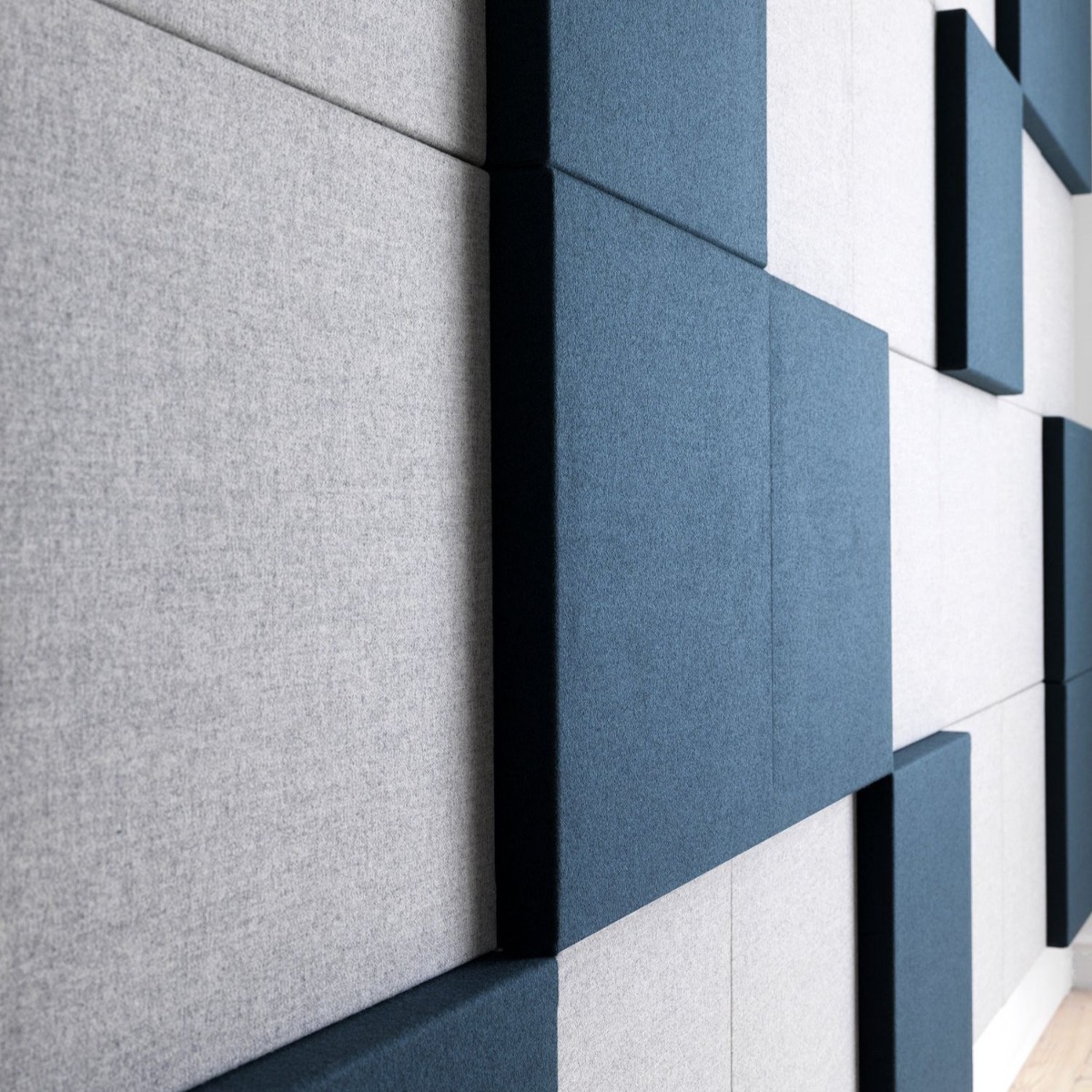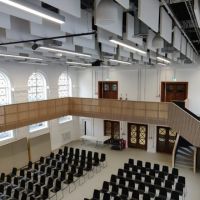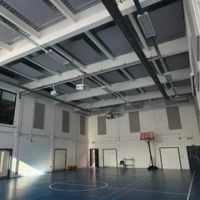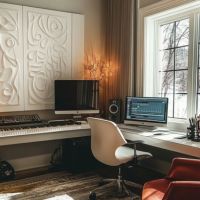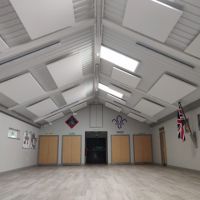
Acoustic Panels for Music Classrooms: The Importance of Proper Sound Control
Imagine a music classroom full of excited students, practicing their instruments, singing, and experimenting with sound. All this enthusiasm can quickly turn into a cacophony of noise, making it challenging to focus, teach, and learn. Enter acoustic panels for podcasting, an essential tool for controlling sound in music classrooms. By investing in quality acoustic solutions, like those from brands such as Autex, Ecophon, Baux, De Vorm, SilentSpace, and Abstracta, you can create an optimal learning environment for students and teachers alike.
The Science of Sound
Before diving into the world of acoustic panels, it's essential to understand the basic principles of sound. Sound travels through the air as waves, bouncing off surfaces and creating echoes. These echoes can make it difficult to distinguish individual sounds, leading to poor sound quality and reduced comprehension.
Acoustic panels work by absorbing and diffusing these sound waves, reducing echoes and improving overall sound quality. They are designed to capture the sound energy and prevent it from reflecting off hard surfaces, creating a more controlled and comfortable acoustic environment.
Why Acoustic Panels Matter in Music Classrooms
Good acoustics are essential for any learning environment, but they are particularly crucial in music classrooms. Here's why:
- Improved Clarity: With proper sound control, students can hear their instruments and voices more clearly, allowing them to focus on their technique and improve their skills.
- Reduced Noise Levels: A quieter classroom makes it easier for students to concentrate and for teachers to give instructions.
- Enhanced Learning Experience: A well-designed acoustic environment helps students stay engaged and motivated, leading to better learning outcomes.
- Improved Comfort: Proper sound control can reduce fatigue and stress caused by excessive noise levels, creating a more enjoyable learning environment for everyone involved.
Choosing the Right Acoustic Panels
With so many options available, selecting the right acoustic panels for your music classroom can feel overwhelming. Here's a step-by-step guide to help you make the right choice:
- Assess Your Space: Before selecting the right acoustic panels for your classroom, consider factors like room size, shape, and the materials used in the room's construction. These factors will affect the type and number of panels required to achieve the desired effect. Larger rooms may require more acoustic treatment, and different surfaces (such as concrete or wood) will impact sound differently.
- Set a Budget: Determine how much you're willing to spend on acoustic treatment. There are various cost-effective options available, such as top 7 cost-effective acoustic panels that can suit any budget.
- Choose the Right Materials: Acoustic panels come in various materials, such as fabric wrapped, wood, or even cork. For a music classroom, consider fabric wrapped acoustic panels for their versatility, durability, and design options.
- Select a Reputable Brand: Trustworthy brands like Autex, Ecophon, Baux, De Vorm, SilentSpace, and Abstracta offer high-quality acoustic solutions designed specifically for educational environments.
- Installation: Once you've chosen your acoustic panels, follow the manufacturer's guidelines for proper installation. If you're unsure, consult an expert or check out this helpful guide on how to install acoustic wall panels.
Real-Life Examples in Action
To illustrate the power of acoustic panels in music classrooms, let's take a look at two real-life examples:
- A High School Band Room: A high school band director was struggling with poor acoustics in their rehearsal space. After installing SilentSpace fabric wrapped acoustic panels on the walls, the room's overall sound quality drastically improved. The panels helped to reduce echo and reverberation, allowing the students to hear each other more clearly and enhancing their ability to play in harmony. As a result, the band experienced a significant improvement in their performances.
- A University Choir Room: In a university choir room, the instructor was having difficulty hearing the individual voices of students due to excessive sound reflections. By installing acoustic panels on the walls and ceiling, the instructor found that the overall sound quality improved, making it easier to distinguish individual voices and provide more targeted feedback. Students also reported that they were better able to blend their voices and achieve a more cohesive sound.

Band Rooms can be a nightmare if not treated correctly
These examples demonstrate the effectiveness of acoustic panels in improving the sound quality of music classrooms. By investing in proper sound control measures, educators can create a more conducive learning environment for their students and help them achieve their full musical potential.
Benefits of Acoustic Panels in Music Classrooms
Apart from the improved sound quality in music classrooms, acoustic panels offer numerous benefits that help both educators and students achieve their musical goals. Here are some key advantages:
- Enhanced Learning Experience: With reduced reverberation and echo, students can better hear the subtle nuances in their performances and receive more accurate feedback from their instructors. This helps them fine-tune their skills and grow as musicians.
- Reduced Vocal Strain: Instructors and students alike can experience vocal strain when trying to project their voices in a room with poor acoustics. Acoustic panels help to control excessive sound reflections, allowing both teachers and students to speak or sing at comfortable volumes without straining their voices.
- Increased Focus and Concentration: A quieter environment enables students to concentrate better during practice sessions and lessons. This fosters a more focused and productive learning atmosphere.
- Improved Recording Quality: For music educators who record their students' performances for evaluation or as part of a portfolio, acoustic panels can significantly improve the quality of these recordings. By reducing unwanted reflections and echoes, the recordings will capture a more accurate representation of the student's performance, making it easier to assess their progress and provide constructive feedback.
- Enhanced Aesthetics: Acoustic panels come in various designs, colors, and materials, allowing educators to create a visually appealing environment that complements the room's decor. A well-designed space can have a positive impact on students' motivation and overall learning experience.
- Versatility: Acoustic panels can be used in various settings, such as band rooms, choir rooms, recording studios, and individual practice rooms. This makes them a cost-effective solution for addressing acoustic challenges in different spaces within a music program.
- Noise Reduction: By absorbing sound, acoustic panels help to reduce noise transmission between rooms, ensuring that music classes don't disturb adjacent classrooms or offices. This promotes a more harmonious and conducive learning environment for everyone in the school.
In conclusion, acoustic panels play a crucial role in enhancing the learning experience in music classrooms. By improving sound quality, reducing vocal strain, increasing focus, and offering various other benefits, they help create an optimal environment for music education. Investing in acoustic panels is an investment in the future success of students and music programs alike.
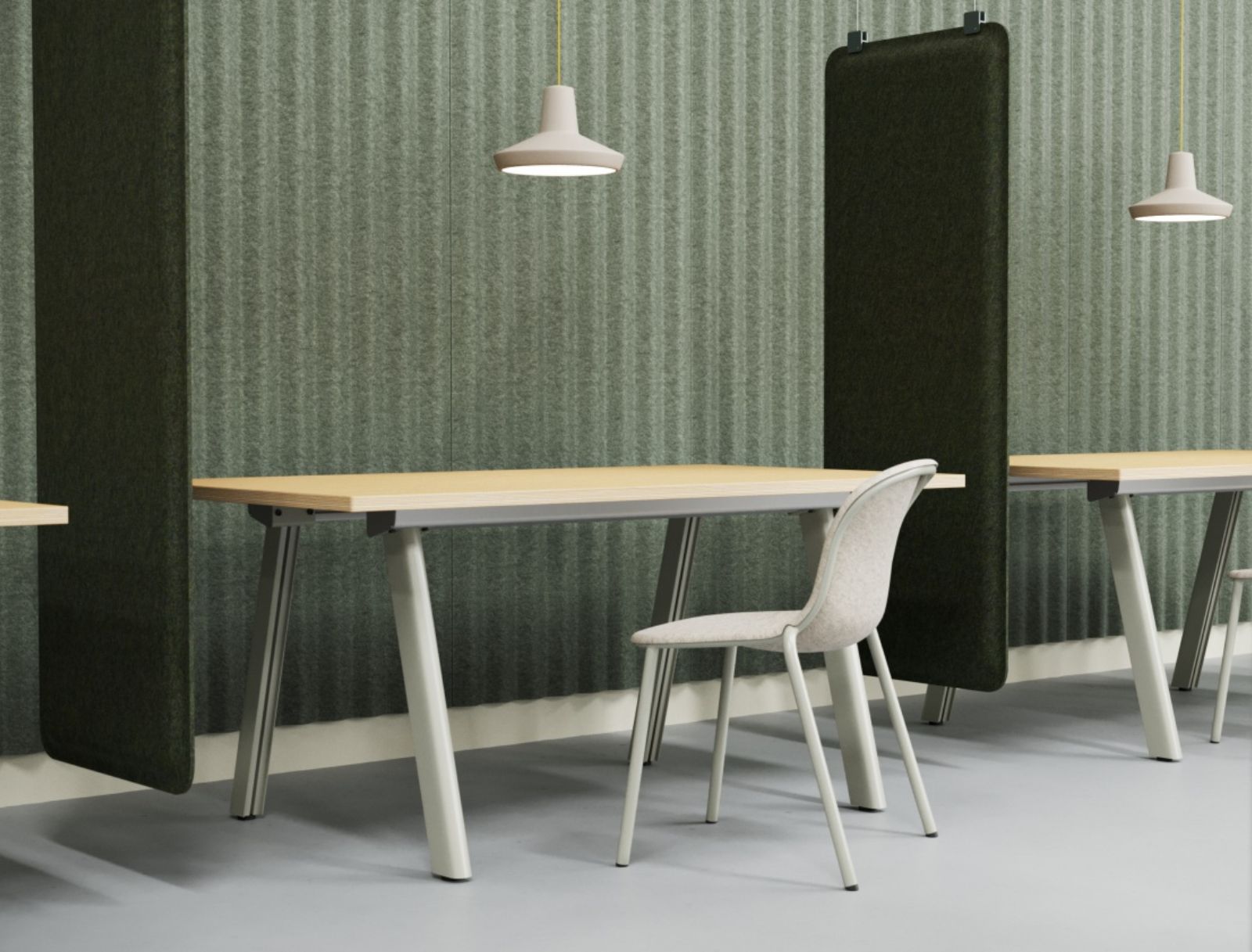 Acoustic Wall Panels
Acoustic Wall Panels 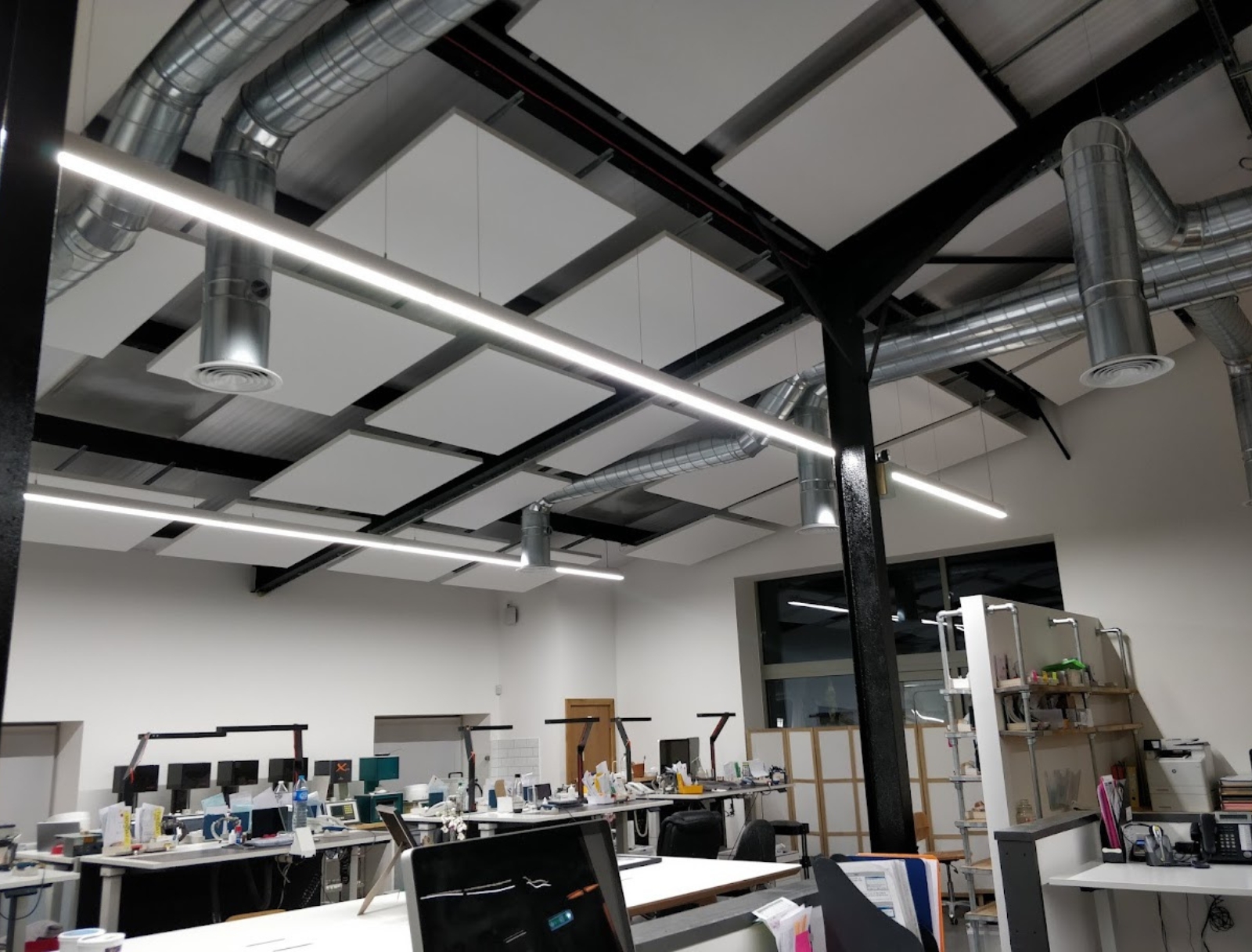 Acoustic Ceiling Panels
Acoustic Ceiling Panels 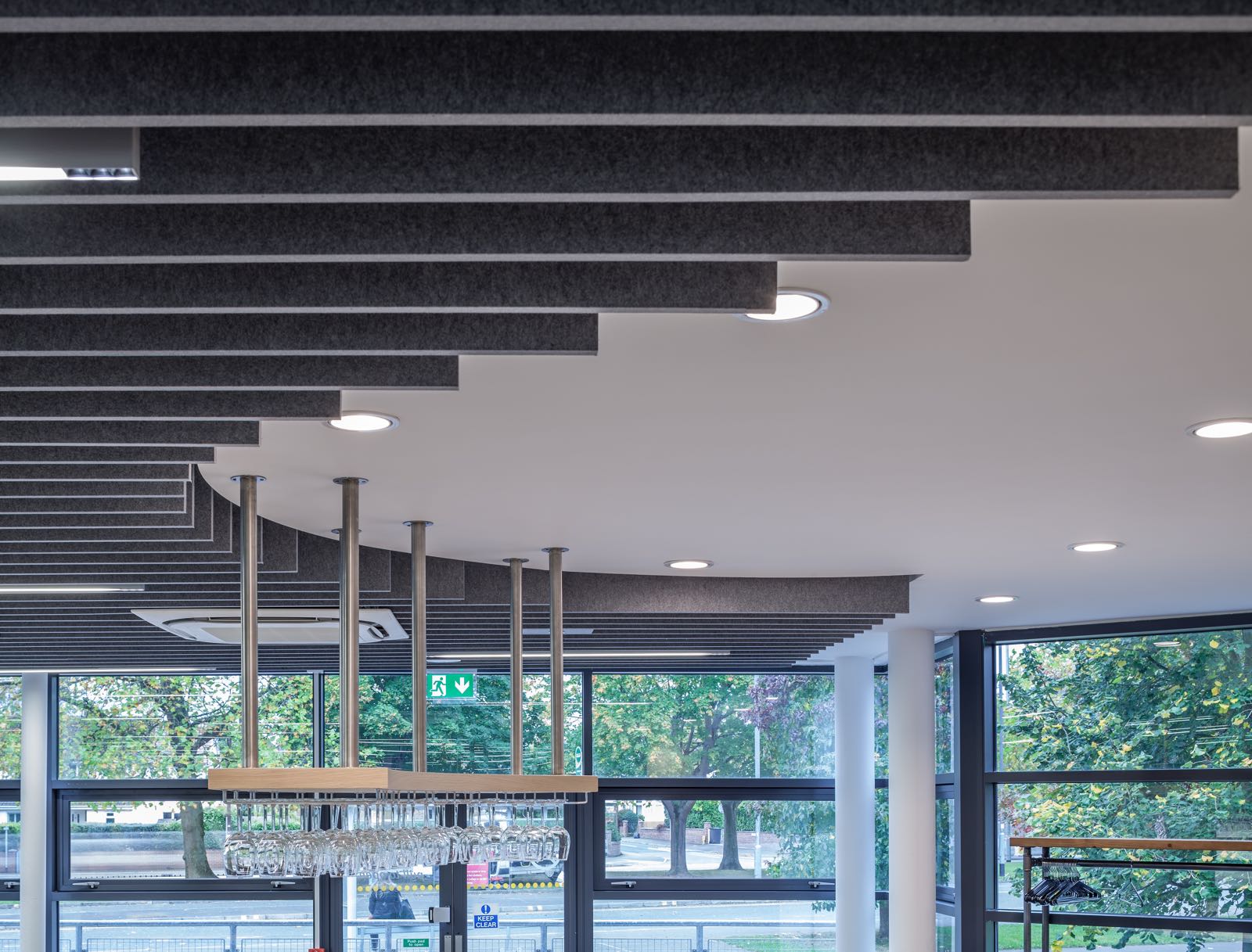 Acoustic Ceiling Baffles
Acoustic Ceiling Baffles  Acoustic Screens
Acoustic Screens 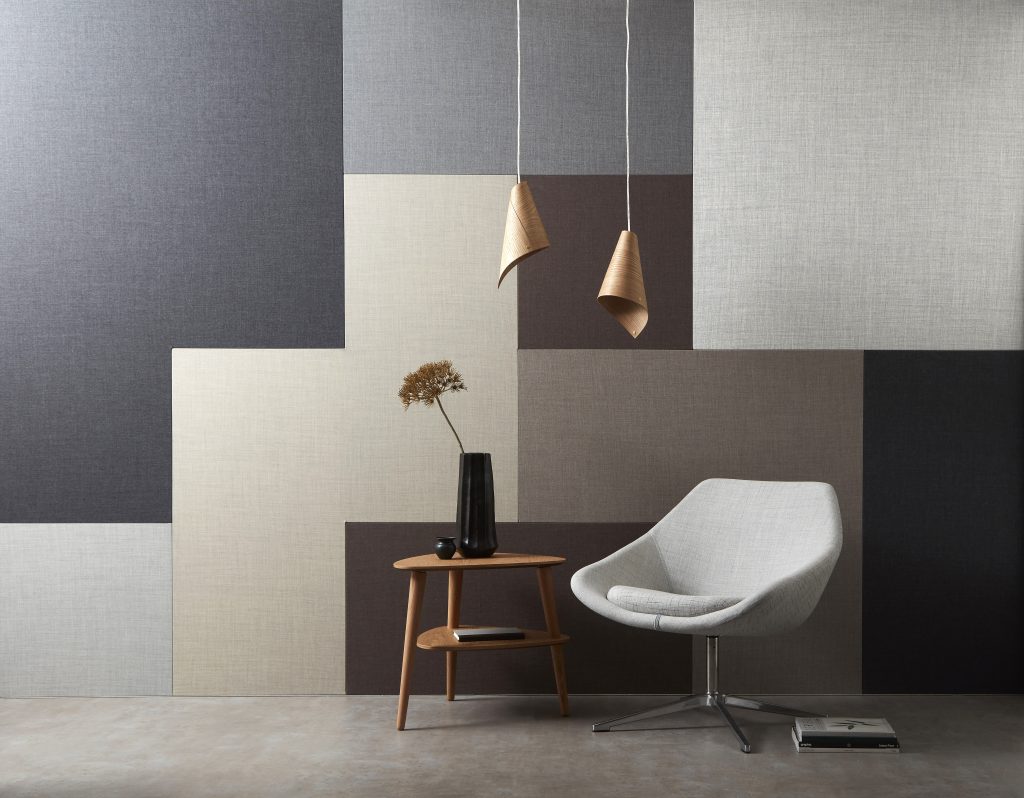 Acoustic Fabric
Acoustic Fabric 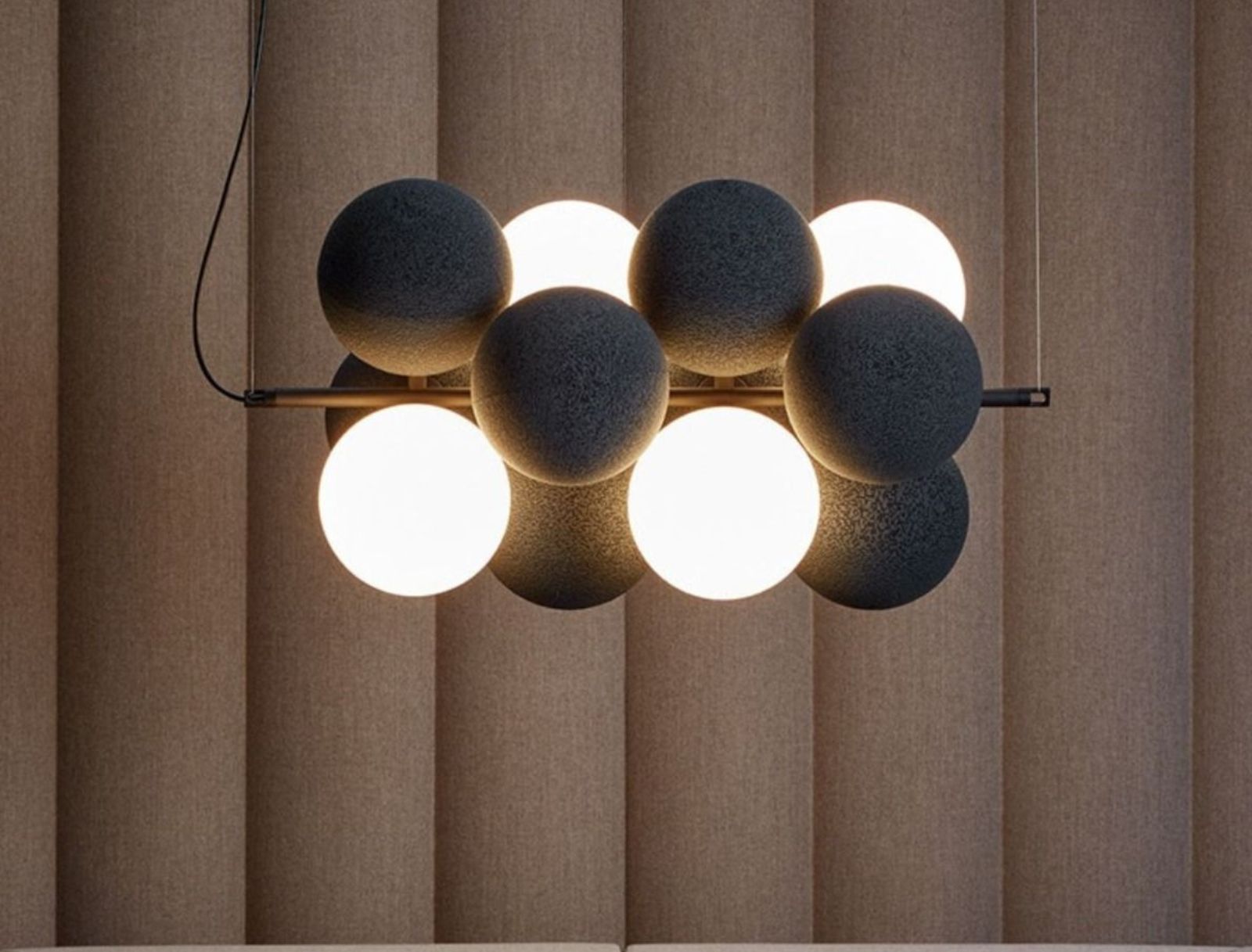 Acoustic Lighting
Acoustic Lighting 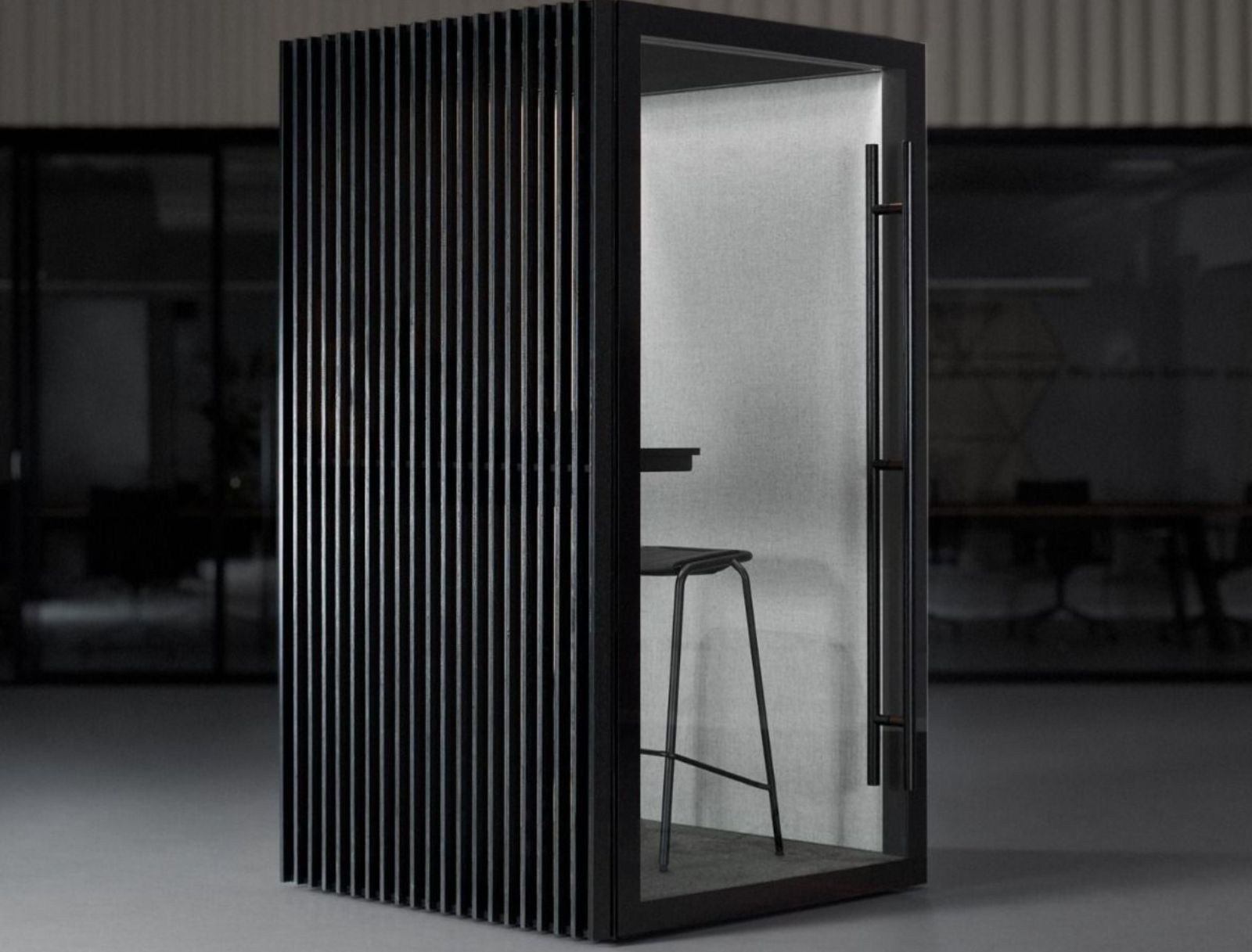 Acoustic Booths and Pods
Acoustic Booths and Pods  Acoustic Panel Accessories
Acoustic Panel Accessories 